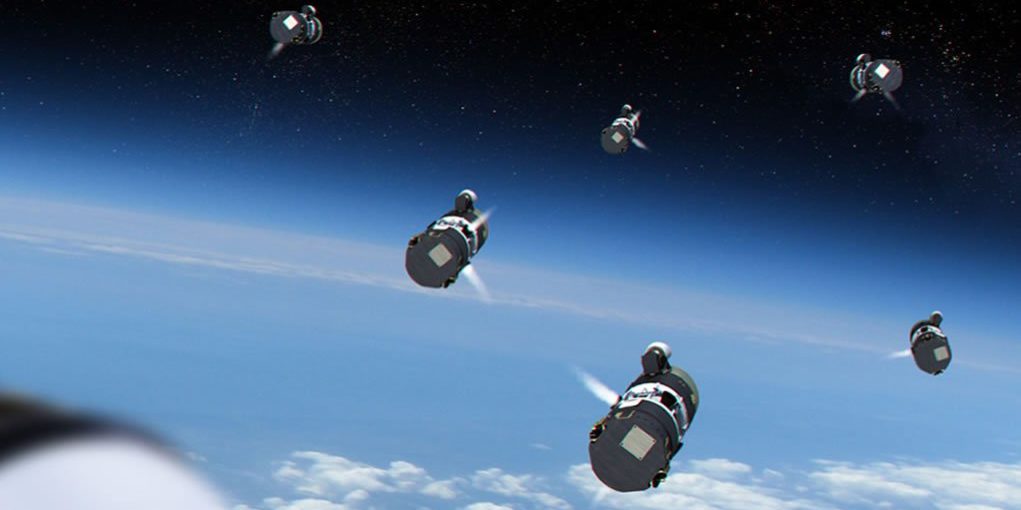SOURCE: RAUNAK KUNDE / NEWS BEAT / IDRW.ORG

India’s recent successful test of the Agni-V missile equipped with MIRV (Multiple Independently Re-entry Vehicle) technology marks a significant advancement in the country’s strategic capabilities. This development strengthens India’s nuclear triad, a three-pronged deterrent system encompassing land, air, and sea-based nuclear launch platforms.
While the Agni-V test bolsters offensive capabilities, India is simultaneously focusing on defensive measures. Following the deployment of Phase-I BMD, the country is actively developing a Phase-II system and Beyond.
Another Key concept in India’s BMD will be the concept of Multiple Kill Vehicles (MKVs). Here’s a breakdown of this technology
- Multiple, Small, Simple Kinetic Vehicles: Unlike traditional single warheads, MKVs represent a swarm of smaller, faster interceptors.
- Carrier Vehicle and KVs: A single carrier vehicle carries and launches multiple KVs during the interception phase.
- Autonomous Terminal Kill: Each KV independently homes in on and destroys ballistic missile targets.
- Ground-Based Launch: MKV-equipped interceptors are launched from ground-based systems, potentially engaging multiple incoming threats simultaneously.
India already has tested Phase II of India’s BMD program called AD-1 endo-atmospheric interceptor and is also developing an AD-2 exo-atmospheric interceptor. India tested AD-1 in 2022 and plans to test AD-2 exo-atmospheric interceptor by 2025. It is not clear if Multiple Kill Vehicles (MKVs) will be part of the Phase-II program but it is under consideration.
NOTE : Article cannot be reproduced without written permission of idrw.org in any form even for YouTube Videos to avoid Copy right strikes. Websites doing illegal reproductions will get DMCA and Legal Notices.